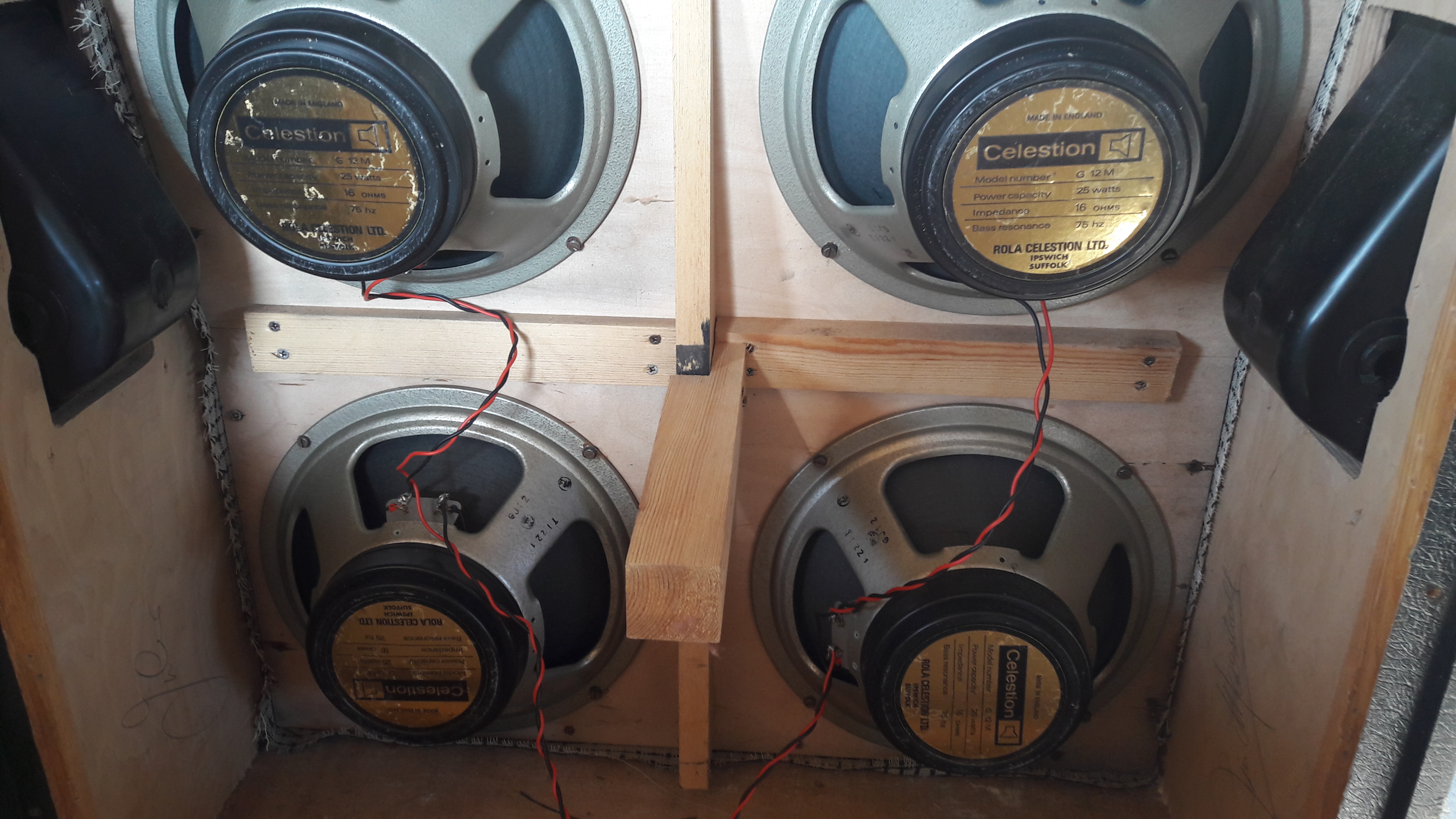

Now, congratulations, you've got a functioning Atari Punk Console x1.5! Except you can't hear it.


Polyphonic harmony is hard, folks, I chased exponential-response 1 volt per octave voltage-controlled oscillators for a couple years before I got something I was satisfied with.Įxtra bonus! You can use the project as a foundation for an Atari Drone Console by building as many secondary timers as your heart desires, and have a huge sweeping monstrous wall of sound!!! Details in the last step. What that means is the tones that the two secondary timers put out are always related to each other because of math! So you can get rock-solid polyphonic harmony out of a super basic circuit. Three 555 timer chips like in the picture. This one is built without a circuit board. "So how is this different?" you're asking. When the signal from the first timer was connected to the trigger pin of the second timer, the output of the second timer would become a variable pulse width variable rate signal that would jump in frequency based on the width of the pulse of the second timer.īasically, you've got a fun little noisemaker that can put out interesting reedy tones, the two knobs controlling the primary oscillator and the secondary timer interacting with each other in interesting, quirky ways. The other timer was used as an astable or "one-shot" timer, accepting a trigger and then staying "on" for a variable amount of time.
#TONEGENERATOR WAIT FREE#
One of the timers was set up to be a free running oscillator, putting out a variable frequency square wave signal. It used two 555 timer chips (or one 556 dual timer chip). Waaay back in 1982, Forrest Mims, Radio Shack booklet writer and Young Earth Creationist (roll eyes emoji) published the plans to his Stepped Tone Generator. Wait wait wait people, this one is different, promise.


 0 kommentar(er)
0 kommentar(er)
